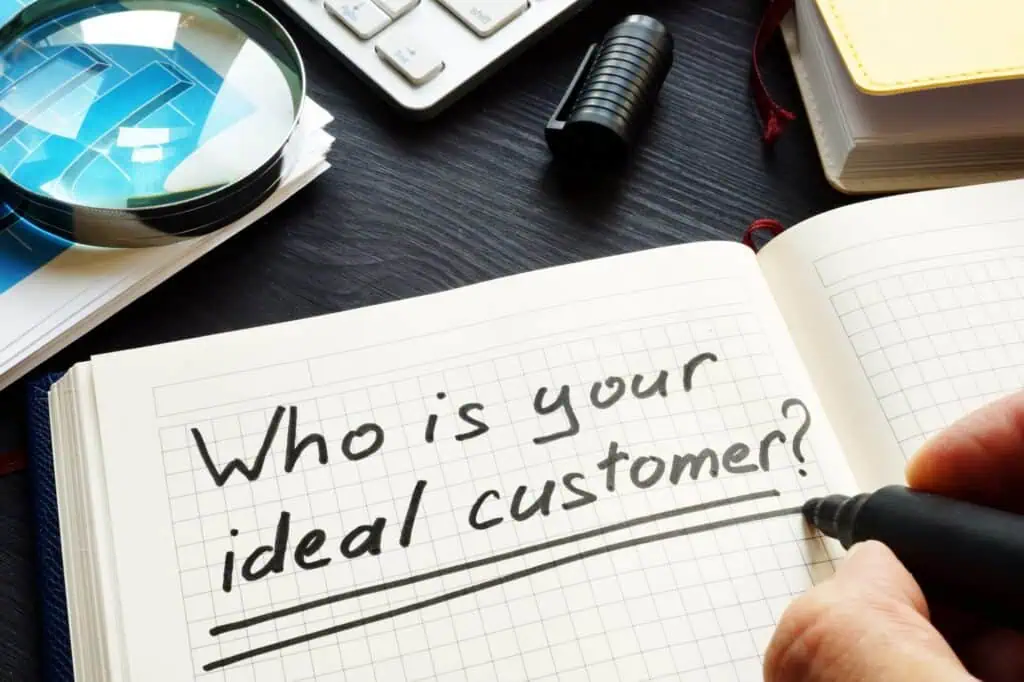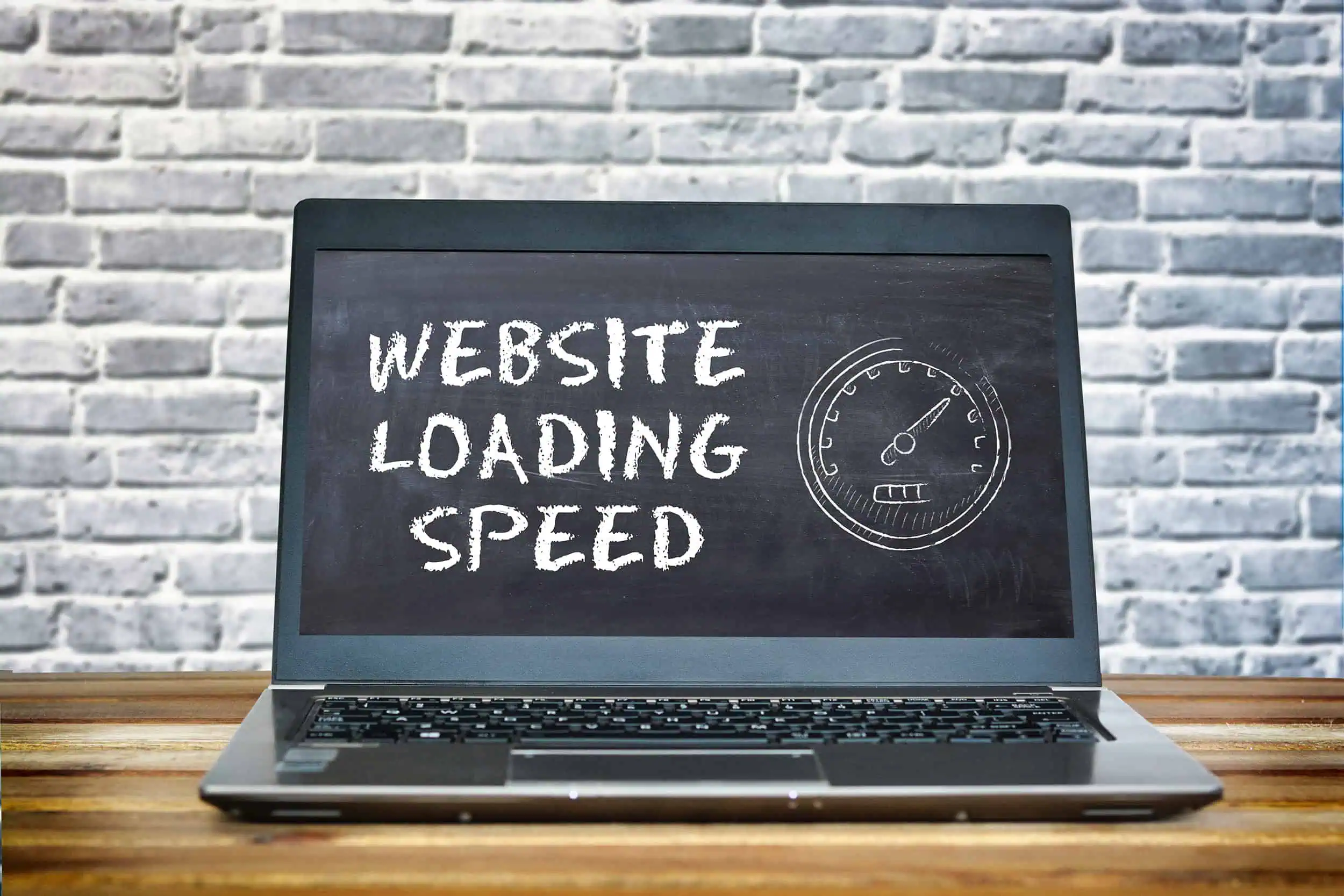In today’s competitive marketplace, businesses can no longer afford to adopt a one-size-fits-all marketing approach. Instead, success often hinges on a crystal-clear understanding of precisely who you serve. By defining your ideal customer profile (ICP), you gain invaluable insights into the people most likely to benefit from your products or services. This knowledge guides your marketing and sales strategies, enabling you to engage the right audience and foster long-term, profitable relationships. In this article, we’ll explore the concept of an ideal customer profile, why it matters, and how you can create one that sets the foundation for sustainable growth.
What Is an Ideal Customer Profile?
An ideal customer profile is a detailed representation of the type of customer who stands to gain the most value from your product or service. It’s a snapshot of the demographic, behavioral, and firmographic traits that make up your best-fit customers. Unlike buyer personas, which can delve deeper into individual personalities and motivations, an ICP focuses on the more general attributes that define a perfect match for your offerings.
Example:
If you’re a software-as-a-service (SaaS) provider specializing in project management tools, your ideal customer profile might include small to mid-sized businesses in the tech industry with 50–200 employees, a budget for digital solutions, and a desire to improve team collaboration.
Why Is an Ideal Customer Profile Important?
Defining your ICP is crucial for several reasons:
- Focused Marketing Efforts: By knowing exactly who your target is, you can tailor messages, content, and campaigns to speak directly to their needs. This focus often translates into higher conversion rates and ROI.
- Efficient Resource Allocation: When you understand your ideal customer profile, you avoid wasting resources on prospects who aren’t likely to convert. This can lower costs and speed up the sales cycle.
- Alignment Across Teams: A clear ICP ensures that marketing, sales, product development, and customer success teams are all on the same page. Everyone works toward the same goals, leading to a more cohesive business strategy.
- Better Customer Satisfaction: When you consistently attract the right audience, you’re more likely to have satisfied customers who remain loyal and become brand advocates.
Key Components of an Ideal Customer Profile
An ideal customer profile typically includes several key components:
- Demographics: Age, gender, and location can play an important role if you’re dealing with consumer-facing businesses. For B2B, consider firm size, revenue, and industry.
- Psychographics: Understand the values, interests, and habits that influence your target’s decision-making. For B2B, this may involve a company’s mission, culture, and strategic focus.
- Challenges and Pain Points: Pinpoint the obstacles your target audience faces. The more specific you can be, the better you’ll resonate with them.
- Goals and Objectives: Identify the specific results your prospective customers want to achieve. This helps you position your offerings as indispensable solutions to their most pressing needs.
- Decision-Making Process: Recognize the factors that can influence a purchase decision, such as budget availability, stakeholder buy-in, or compliance requirements.
Steps to Define Your Ideal Customer Profile (ICP)
Step 1: Analyze Your Current Customer Base
Start by examining your existing customers. Who are your top spenders? Which clients bring the most profit? Look for common denominators that define their success with your product or service.
Step 2: Gather Market Research
Conduct interviews, surveys, and focus groups. Scrutinize online reviews and social media comments to identify trends in how your audience perceives your brand and offerings.
Step 3: Identify Demographic & Firmographic Traits
Pin down the demographic characteristics if you’re consumer-focused, or the firmographic traits if you’re B2B. Look at factors like company size, industry, and revenue to get a sense of where your product fits best.
Step 4: Uncover Behavioral Patterns
Examine how your audience interacts with your brand online and offline. Track website traffic, email open rates, social media engagements, and offline events. These behavioral signals offer insights into their buying journey.
Step 5: Detail Pain Points & Goals
List the challenges your ideal audience faces. Then align each challenge with a corresponding goal. This alignment allows you to clearly present how your product or service can resolve their most pressing issues.
Step 6: Validate & Refine Your ICP
After outlining your ideal customer profile, test it with real-world data and feedback. You may need to adjust your assumptions based on additional insights or changing market conditions. Periodic updates help keep your ICP relevant over time.
Common Mistakes to Avoid
- Being Too Vague: A broad ICP lacks actionable insights. The more specific you can get, the more effective your marketing and sales efforts will be.
- Relying Solely on Assumptions: Always validate your ICP with real data. Surveys, interviews, and customer analytics are crucial to ensure your profile is accurate.
- Not Revisiting Your ICP: Markets evolve. As you expand your offerings or enter new verticals, revisit your ICP to remain aligned with customer needs.
- Ignoring Differences in Decision-Making: Especially in B2B, decision-making often involves multiple stakeholders. Recognize the differences in perspectives and tailor your approach accordingly.
ICP in Action: Real-World Example
Imagine you run a digital marketing agency specializing in lead generation for SaaS companies. Through research and analysis, you find that your ideal customer profile consists of early-stage B2B SaaS businesses with less than 50 employees, Series A funding, and a need for rapid customer acquisition. They typically have a defined marketing budget, a dedicated marketing manager, and a keen focus on scaling their user base in the next 12 months.
With this clarity, all your marketing efforts—from your website content to your email campaigns—can be customized around the unique needs of these young, fast-growing SaaS firms. Instead of casting a wide net, you attract and close deals with businesses that are a perfect match for what you offer.
Final Thoughts
Defining your ideal customer profile is a foundational step that can make or break your marketing and sales efforts. When done right, it clarifies the direction of your outreach, eliminates guesswork, and aligns team members around a shared vision of success. By regularly revisiting and refining your ICP, you can stay ahead of market shifts, outmaneuver competitors, and remain essential to your customers’ growth.




